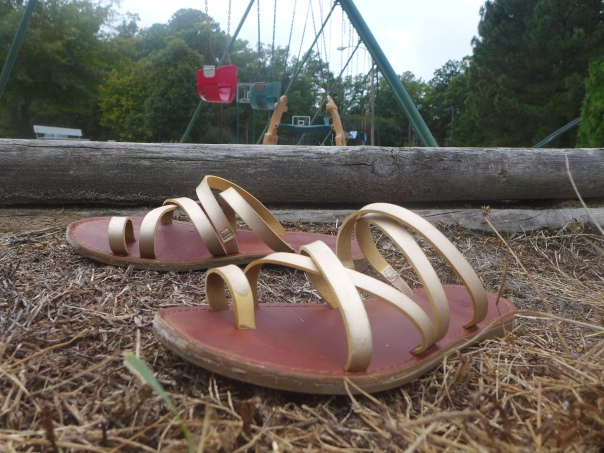Williamsburg, Virginia
“A gruesome scene this morning has left a leafy neighborhood in Williamsburg, Virginia, in shock after a newly emerged cicada was murdered, dismembered and eaten in broad daylight.
According to eyewitness accounts, a female Carolina wren (Thryothorus ludovicianus) pulled the victim off the trunk of a tree, threw it on the ground and stabbed it repeatedly with its needle-like bill. Once the victim was dead, another wren, a male, helped the alleged killer ripped the victim to pieces and began eating it. Later, a female cardinal (Cardinalis cardinalis), Virginia’s state bird with eyes set on savagery, joined in to help devour the victim.
“It was brutal, just brutal” said a grasshopper who witnessed the attack. “The poor guy emerged right under the bird feeder. That’s just bad luck. That’s like a gazelle being born in a lion’s den.” After pausing to look over his shoulder, the grasshopper said, “But better him than me.”
We were able to obtain an exclusive interview and confession with the alleged killer, who was taking a dirt bath under a bush. “I was going to eat bird seed from the feeder. Then I saw [the cicada] on the tree. It was the size of my head! So much meat. And delicious. Now I don’t have to spend the rest of the day foraging for insects and seeds. I can focus, instead, on removing mites from my feathers.”
Asked if she had any regrets, she said, “Only that after all my work to kill the cicada, that cardinal bullied her way in. But she only got part of the thorax and the wings. I don’t like the wings anyway. Too stringy.”
The murder happened in the front yard of a Williamsburg resident who saw it happen outside his window. “I saw the wren pecking the ground, then saw the cicada try to fly away. She grabbed it and flipped it on its back. It was gruesome. I didn’t watch the whole thing because I didn’t want to overcook my eggs. That would have ruined my day.”
The victim was a periodical cicada (Magicicada sp.). These insects remain underground as pale grubs for 13 or 17 years then emerge from the ground as winged-adults to find a mate. They are sometimes called “17-year locusts”, which is a misnomer. Locusts are grasshoppers and cicadas are more closely related to shield bugs and assassin bugs.
The grasshopper who witnessed the murder gave perspective on the victim’s life cycle, “Nothing like waiting 17 years in an underground bunker only to be killed and eaten by dagger-faced goons when you come out.”
******
P.S. This makes my 100th post. Thank you for following! Don’t forget to tell your friends and neighbors. But not the creepy neighbors.



